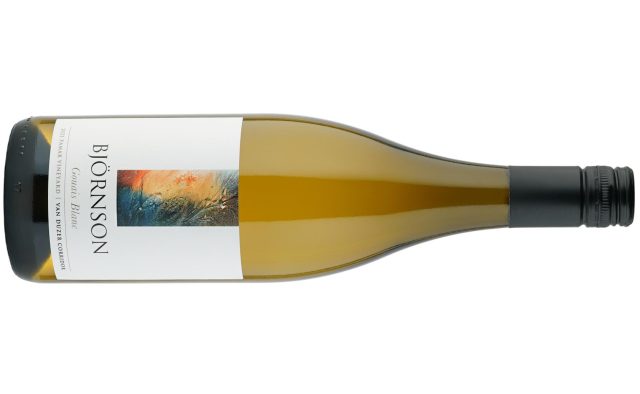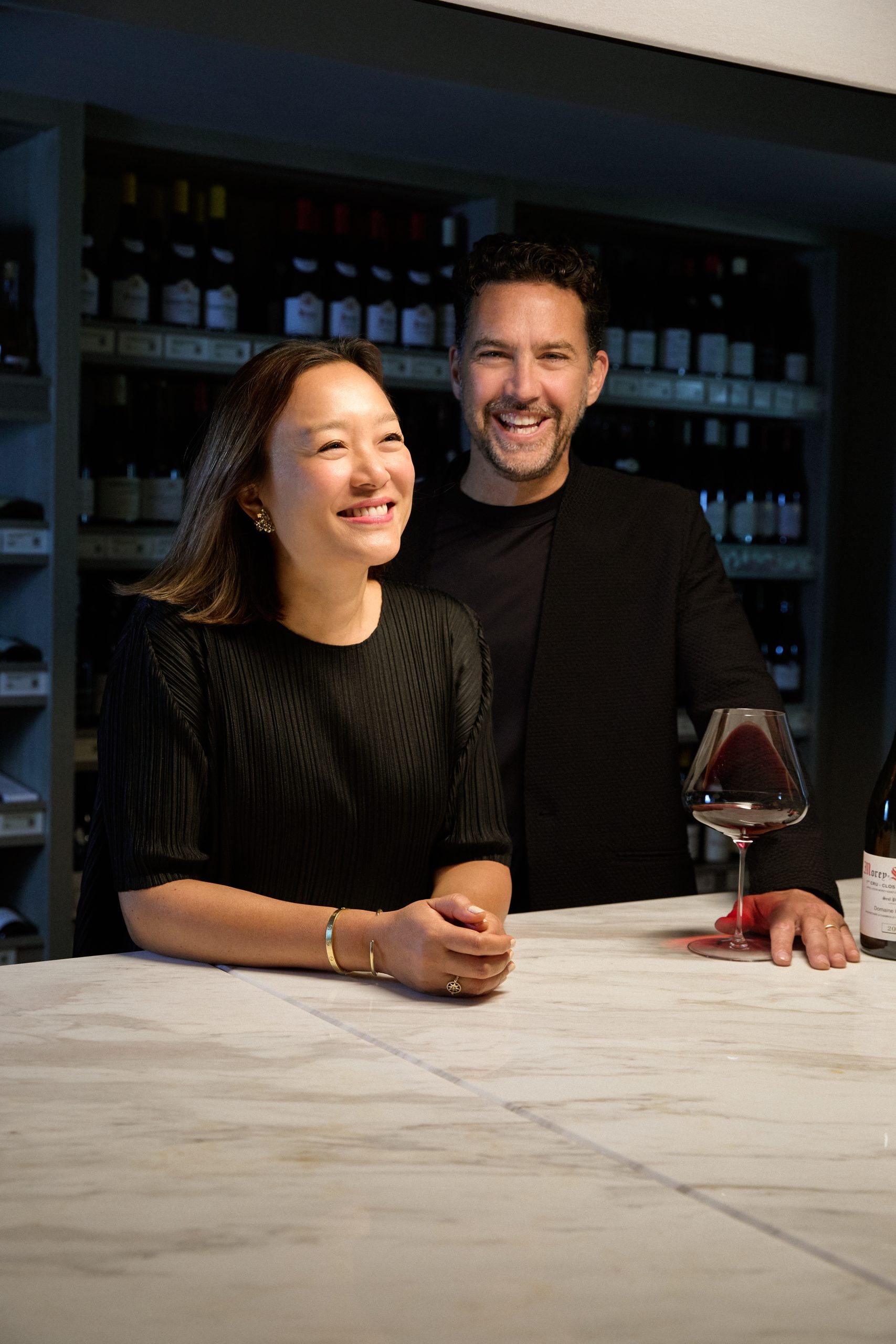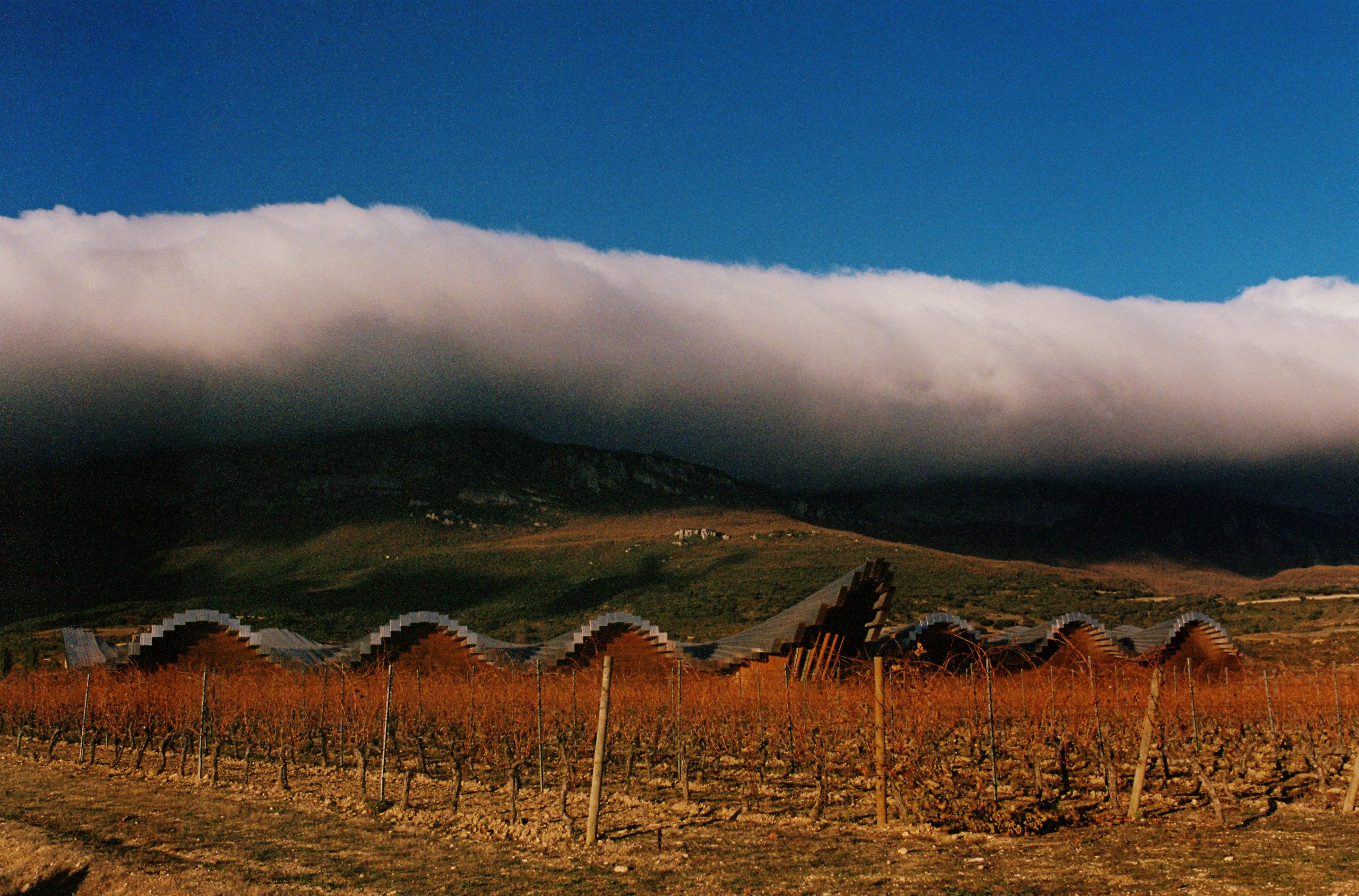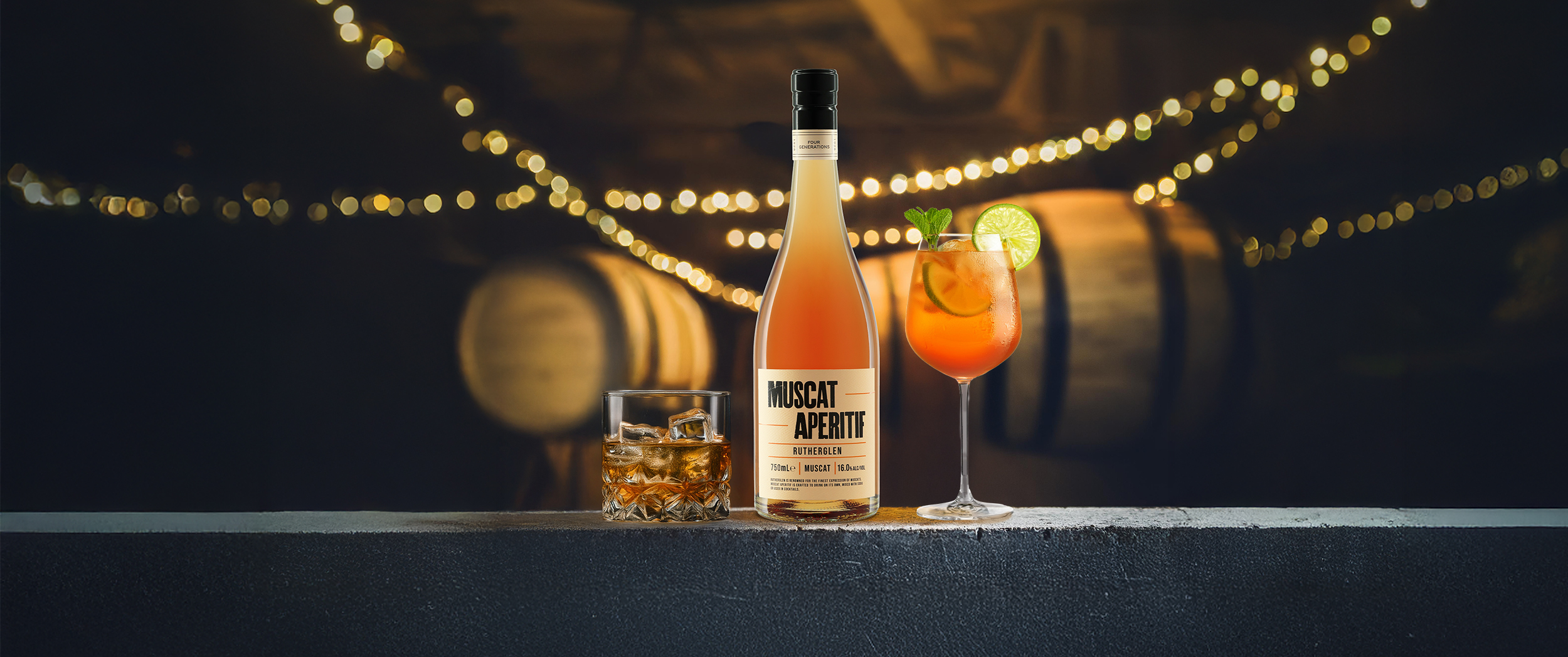One-time ‘peasant wine’ gains traction in Oregon
Known as the “Casanova of Cultivars,” Gouais Blanc is parent to upwards of 80 varieties, including Chardonnay, Riesling, and Aligoté. Now one Oregon vineyard is betting big on the grape.

During the Middle Ages, Burgundians planted Gouais Blanc next to Pinot Noir, ostensibly for use as a blending grape.
Over time, its thin skin, intense acid, and flacid sugar levels lost favour in France. However, other northern climes like Switzerland, Slovenia, and the Jura claimed it, crafting their own expressions from the grape. Today, Oregon’s Björnson Vineyard joins that list with the first commercial planting of Gouais Blanc in America.
“I first read about Gouais Blanc when it was discovered through DNA analysis that Gouais Blanc and Pinot were the parents of Chardonnay,” says Mark Björnson of Björnson Vineyard in the Willamette Valley.
While France accepted the notion of Pinot as a parent of Chardonnay, Gouais Blanc faired less well.
“The thought of Gouais Blanc as the other parent went over like a bad paternity test,” notes Björnson. Considered a ‘peasant’ wine, by the 1700’s France had outlawed its cultivation.
Intrigued by Gouais Blanc’s genealogy, Björnson also discovered it ranks as a foundational variety in cool climate viticulture. The winemaker tried locating Gouais Blanc stateside, sans success. Ultimately, his quest ended in 2019, when he planted half an acre (.02 ha.) of Gouais Blanc sourced from UC Davis “just to satisfy my curiosity.”

Promising Future
Partner Content
“Gouais is just the start of other grape varieties we have planted to help with climate change,” says Björnson, who farms sustainably, earning both LIVE and Salmon-Safe certifications.
He planted the grape at his Pamar Vineyard in the windy Van Duzer Corridor, one of Willamette Valley’s coolest appellations. Elevation tilts to 300 feet (91 metres); soils tend towards marine sediment.
A vigorous variety with prodigious yields, Björnson drops fruit to ensure proper ripening. To manage Gouais Blanc’s high acidity, Björnson ages the wine in concrete.
Recently, Björnson Vineyard released its first 60 cases of 2022 Gouais Blanc.
“Market response has been strong,” Björnson reports. “We have had to restrict purchases to one bottle per customer.”
Industry response proves equally favourable.
Wine professionals “tend to be more knowledgeable, and know about Gouais Blanc’s genetic contribution to wine grapes,” Björnson said. “They want to taste it.”
The winery hopes to increase its 2023 production to 100 cases, promising a prolific future for this profligate grape.
Related news
Ricky Gervais demands Barossa red on his tour rider




